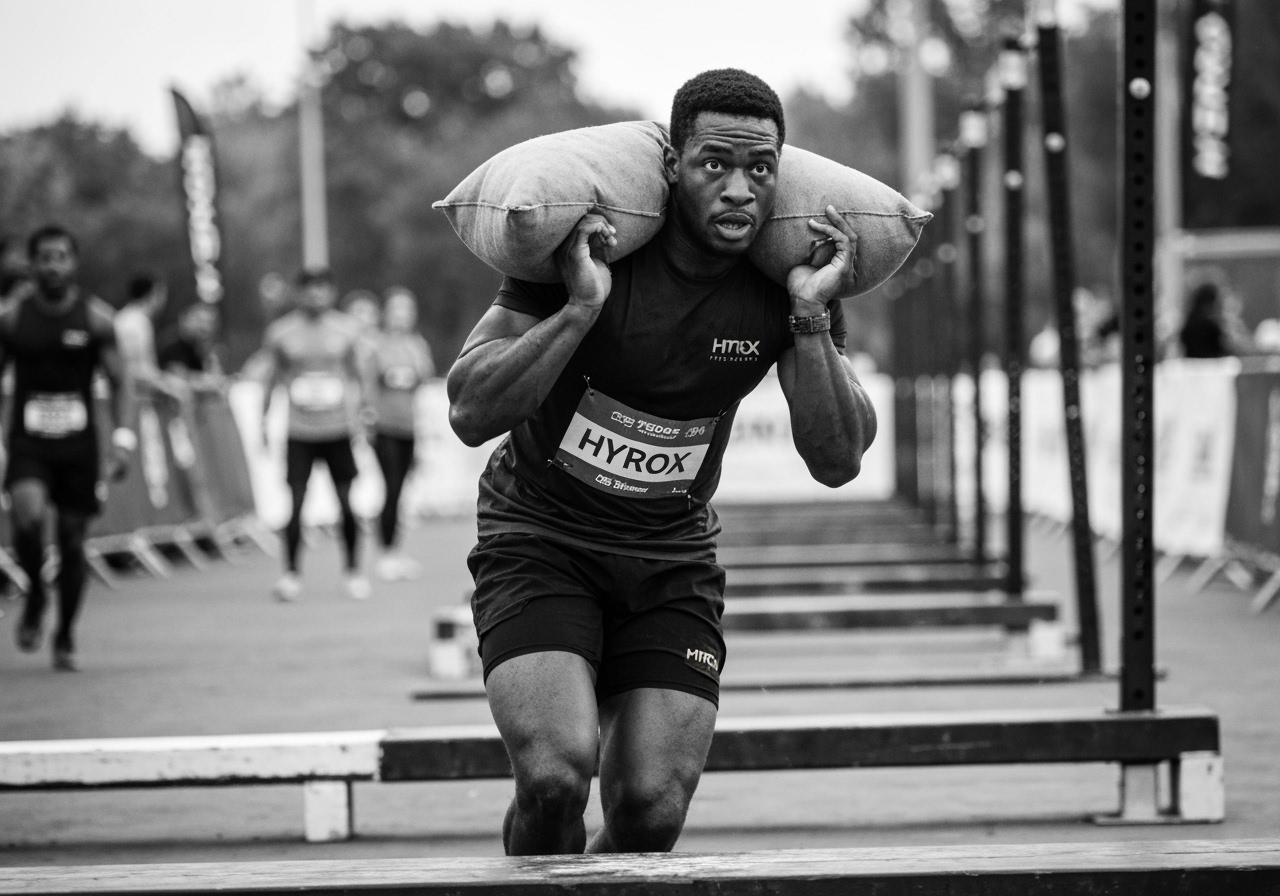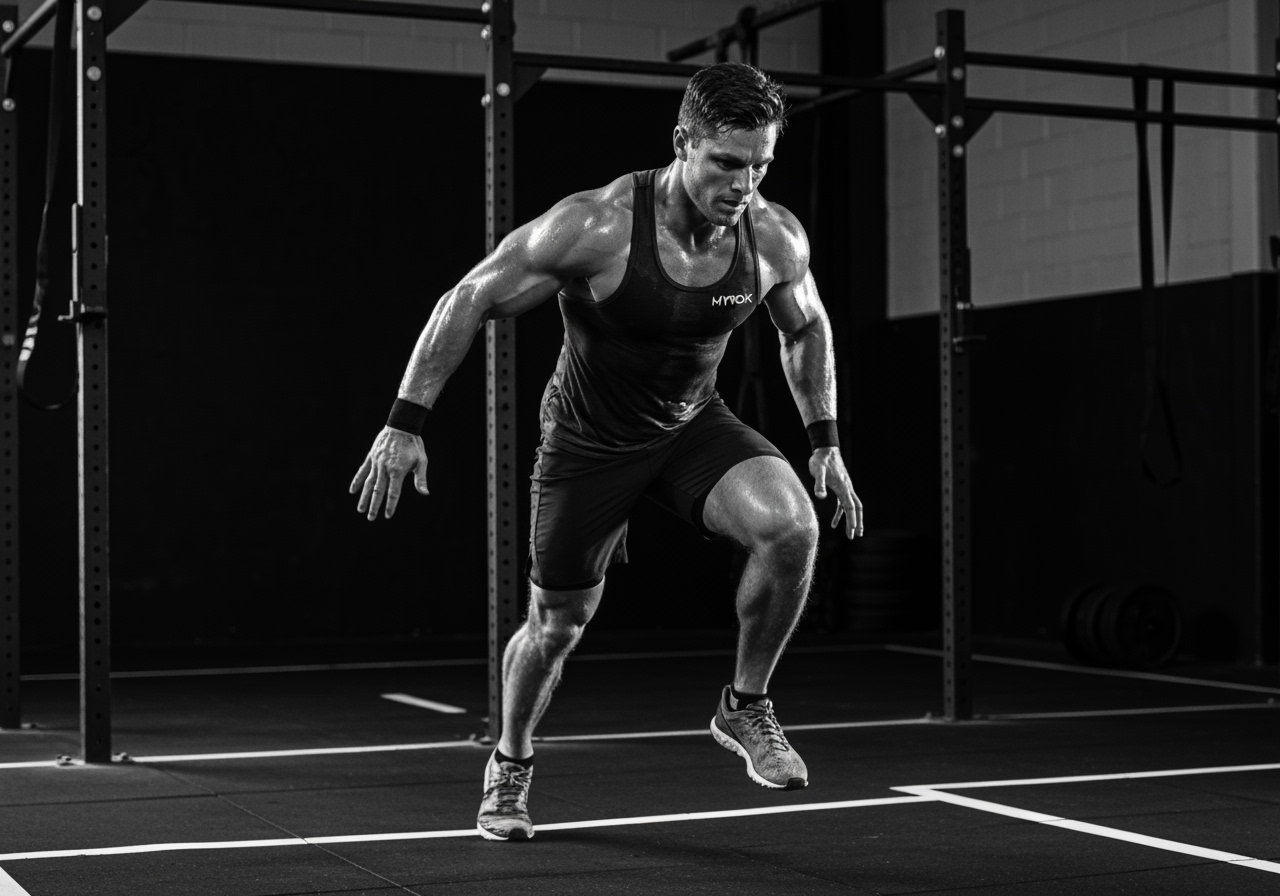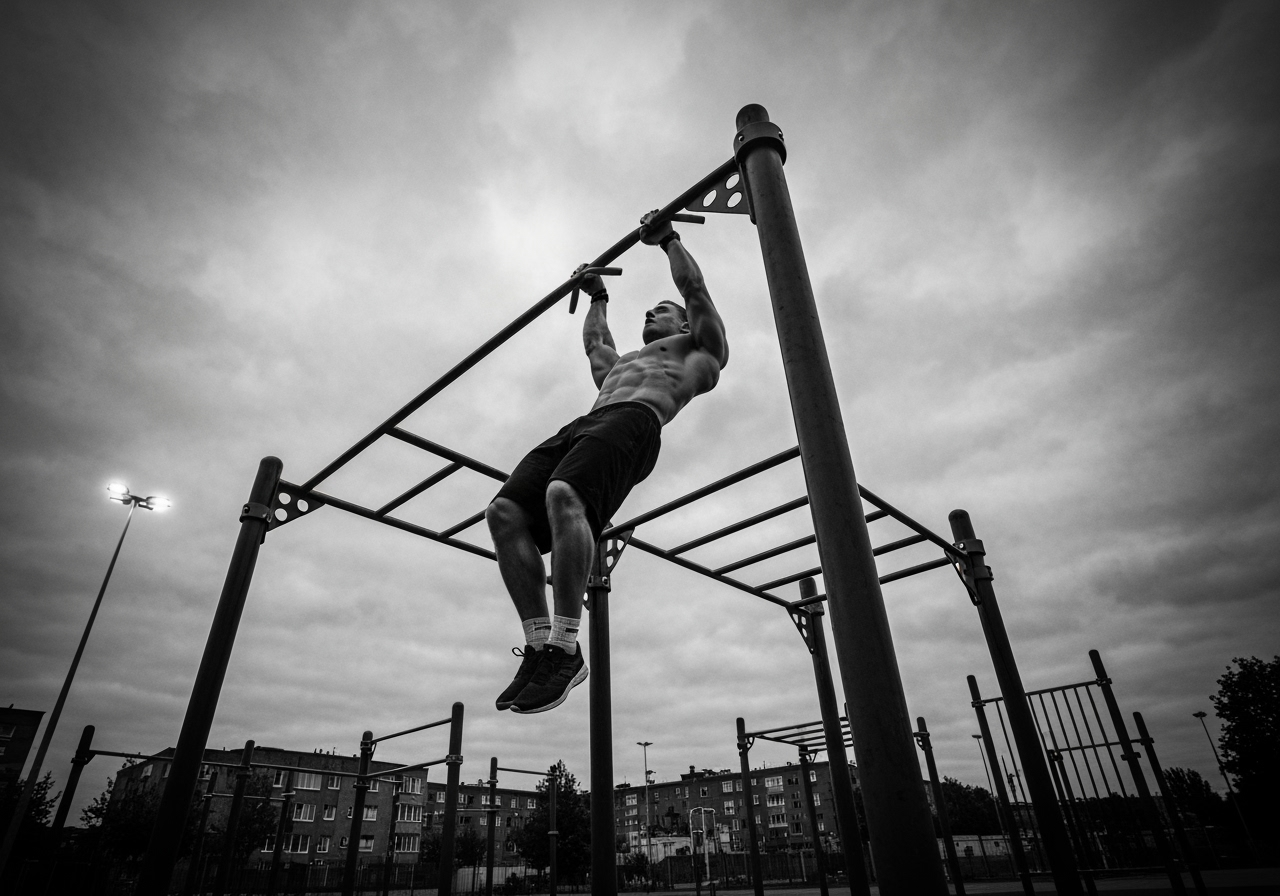
The walking lunge in HYROX is one of those deceptively tough stations. On paper, it looks simple: step, drop, repeat. But under fatigue—after kilometers of running and brutal strength stations—it becomes a true test of stability, strength, and mental toughness.
Why Walking Lunges Separate the Pack
If you want to avoid sloppy form, wobbly knees, and wasted time, you need a plan. The walking lunge station happens late in the race when your legs are already compromised from runs, sled pushes, and functional movements.
Here's how to master the walking lunge and stay fast when everyone else is crumbling:

1. Build Strong, Stable Legs
The foundation of fast walking lunges is strength paired with control.
Key Strength Builders:
💡 Pro Tip: Strength isn't enough. Train single-leg balance drills (like RDLs) to bulletproof your stability.
2. Lock in Core Control
Your core keeps you upright and transfers force from step to step.
Core Stability Essentials:
- Planks — Build isometric strength
- Pallof presses — Train anti-rotation
- Brace before each step — Like preparing for a punch
- Tall torso, proud chest — Avoid collapsing forward
🎯 Pro Tip: A strong core = less wobble. Less wobble = faster, smoother lunges.

3. Nail Lunge Mechanics for Speed
Race lunges aren't about looking pretty—they're about moving efficiently without penalties.
Efficient Lunge Mechanics:
- Keep steps consistent — Shorter is often faster under fatigue
- Drive through the front heel — Protect your knees
- Avoid overstriding — Slows you down and increases wobble
- Use your arms — Subtle arm swing helps maintain rhythm and balance
⚡ Pro Tip: Use your arms! A subtle arm swing helps maintain rhythm and balance.
4. Train Under Fatigue (Simulate Race Conditions)
By the time you hit lunges in HYROX, your legs are toast. Training fresh won't prepare you.
Fatigue Training Methods:
- Combine lunges with sled pushes/pulls — or runs in training
- "Pre-fatigue" workouts — Run 400m, then lunge 40m, repeat
- Practice holding posture and pace — while your quads are on fire
- Time under tension training — Slow, controlled reps for endurance
🔥 Pro Tip: Use time under tension training—slow, controlled reps in training—to build endurance that carries over to race pace.

5. Race-Day Pacing and Strategy
Most athletes lose time here by either rushing and losing form or being too conservative.
Smart Race Strategy:
- Start steady and build — Don't sprint the first 20m
- Breathe with each rep — Exhale as you drive up
- If your legs lock up — Shake them out quickly rather than grinding through bad reps
- Watch your knee touches — Sloppy reps can lead to no-reps
⚠️ Pro Tip: Watch your knee touches—sloppy reps can lead to no-reps, which are costly in both time and energy.
Sample Weekly Lunge Training Plan
Wednesday
Fatigue training: Run + lunge combinations
Friday
Core stability + balance work
Saturday
HYROX simulation with walking lunges
Final Thoughts
The walking lunge is less about brute force and more about control under fatigue. Build strong legs, sharpen your mechanics, and train your body to hold form when tired. Do that, and lunges will go from a dreaded station to a chance to gain ground on the competition.